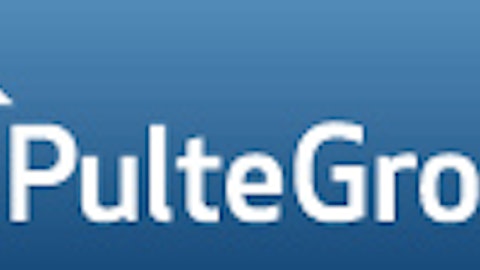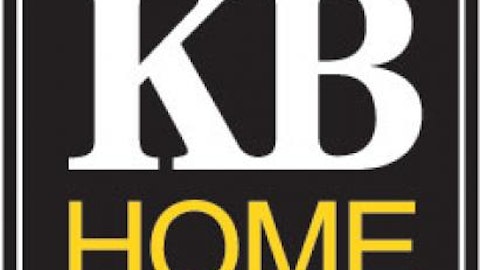Attempting to figure out homebuilders and the future direction of their stock prices is no easy task. In this article, we’ll focus on industry trends and PulteGroup, Inc. (NYSE:PHM). Many investors say it doesn’t matter what company you focus on because they all generally trade together.
Industry trends
Mortgage rates are increasing at a rapid rate. The 30-year fixed was at 3.93% just one week ago, and it now stands at 4.46%. But when rates move this quickly, it actually drives demand because potential homebuyers want to lock in rates as low as possible before rates get too high.
If you’re wondering how high is too high, then according to real estate agents, it’s 6%. As long as the 30-year fixed remains below 6%, demand will be strong. This, in turn, helps homebuilders like PulteGroup, Inc. (NYSE:PHM).
On the other hand, where the demand is coming from also plays a role. First-time homebuyers are at historic lows, and with interest on student loan debt now reaching record highs, this trend isn’t likely to improve. When you combine that debt (and interest) with lower wages and increased taxes, it doesn’t paint a pretty picture.
That said, in May, existing home sales reached their highest point in three years, and new home sales exceeded expectations. In April, the S&P Case-Schiller Home Price Index increased 12.1% year over year — the biggest increase since March 2006.
Another positive sign is that despite a recent drop, the Home Affordability Index is still much higher than it was from 2000-2005. At this exact moment, homes are still affordable for most people. However, as investors, we don’t care about right now or the past; we want to know what the future holds.
The bad news is that investment firms have had a lot to do with the real estate rebound. These investment firms have been buying up property in many different areas, especially the areas that were hardest hit during the financial crisis, including Phoenix, Miami, and Las Vegas. Speculative investments of this magnitude usually lead to massive bubbles.
This bubble hasn’t popped yet because home prices are still fair, but if mortgage rates continue to increase, student loan interest rates remain elevated, and underemployment becomes the norm (if it’s not already), then home prices will eventually hit a wall.
PulteGroup vs. peers
PulteGroup, Inc. (NYSE:PHM)’s revenue has improved over the past three years, and the company finally delivered a gain in 2012 after several years of losses. Furthermore, four of the last five quarters have been profitable.
PulteGroup, Inc. (NYSE:PHM) has been focused on reducing costs and becoming more efficient. The company’s net orders haven’t moved up much, but that has been done intentionally. On the negative side, labor and construction material costs have increased. The chart below compares Forward P/E ratios and profit margins for PulteGroup, Inc. (NYSE:PHM) and its peers:
PHM Forward PE Ratio data by YCharts
As you can see from the chart above, KB Home (NYSE:KBH) is the most expensive stock and the least efficient company of the bunch. Another negative for KB Home (NYSE:KBH) is that it’s the most highly leveraged company of the group, owning a debt-to-equity ratio of 4.13 versus an industry average of 1.1. KB Home (NYSE:KBH) currently yields 0.40%, but that’s not enough of a selling point to sway an investor’s decision.





